The Best Places in America to See Fossils
October 14 is National Fossil Day—here are some of the best places in America to take a trip back in geological time
/https://tf-cmsv2-smithsonianmag-media.s3.amazonaws.com/filer/c2/f9/c2f9a568-6a95-422a-bc66-628b52a37192/tb001300.jpg)
Fossils predate the written record by billions of years, but their impact on human history—and the way humans percieve the world around them—has been palpable for centuries. By offering a rare glimpse into worlds forgotten or unknown, fossils have long fascinated humans. Sometimes, fossils inspired mythology and folklore—in fourth century China, a historian mistook a fossilized dinosaur bone for a dragon bone. Other times, fossils gave scientists the physical evidence needed to piece together the natural history of life on Earth—in the late 1700s, fossil discoveries helped scientists understand the concept of extinction. Today, studying the fossil record remains as critical as ever. As the Earth's climate continues to change, understanding how previous species adapted (or didn't) to changes in the past gives scientists an indication about how we might respond to changes in the future.
To celebrate National Fossil Day, take a trip back through the Earth's four main geologic eras, and check out places in the United States where you can see, firsthand, the evolution of life on Earth.
"The Age of Early Life"—the Precambrian Period (prior to 542 million years ago)
During the Precambrian Period, which ended 542 million years ago, life on Earth meant something very different than it does now. Most life existed in the planet's oceans, with soft-bodied organisms such as worms and jellyfish reigning supreme. Land, by contrast, was relatively barren. Fossils from the Precambrian show microscopic bacteria, the first form of life to emerge on Earth, coming into existence some 3.4 billion years ago. Multicelled organisms that survived the Precambrian include sponges, sea anemones, corals and flat worms. Fossils from this period mostly show mats of algae and very simple organisms.
To see ancient algae mats, consider taking a trip to the Grand Canyon, which has Precambrian algae fossils embedded in its rocks. The oldest fossils you can see there are 1,200 million to 740 million-year-old stromatolites, which are the limestone structures formed by cyanobacteria, a phylum of bacteria that gets its energy from photosynthesis. Or head to Montana's Glacier National Park—the Altyn Formation, located on the eastern side of the park, reveals fossilized stromatolites in its layers of limestone and dolomite, some of which are nearly 1.5 billion years old.
"Age of Fishes"—the Paleozoic Era (542 to 251 million years ago)
Following the Precambrian, the world entered into what is known as the Paleozoic Era, a geological period that lasted nearly 300 million years. During this time, the diversity of marine life on the planet increased greatly, earning the era the nickname "the age of fishes." But it wasn't just marine life that made this period special: In the Paleozoic, plants also became increasingly common, and the first vertebrate animals, known as tetrapods, appeared on land. The first arthopods (the prehistoric ancestors of today's insects and crustaceans) also evolved during the Paleozoic—the most famous is the marine arthopod known as the trilobite, the single most diverse extinct class known to mankind (a new species is discovered nearly every year).
In the Grand Canyon, check out fossils of 500-million-year-old trilobites found in the Bright Angel shale. The Carlsbad Caverns contain some of the best known examples of marine fossils from the Permian period, which occurred at the end of the Paleozoic—there, you can see trilobites, brachiopods (marine animals that look like clams), sponges, bryozoans (microscopic "moss animals" that helped build Permian reefs) and more. The Mojave National Preserve also contains numerous Paleozoic fossils, including corals from the later Paleozoic periods.
The Guadalupe Mountains National Park, in Texas, is home to one of the best examples of an ancient marine reef on Earth. 265 million years ago, during the Permian period, the area was part of a vast, ancient sea—today, the remains of what was once a 400-mile-long reef are exposed for all to admire, and replete with fossils, from ancient algae to prehistoric gastropods (the ancestors of today's snails).
To do some fossil hunting of your own, head to Lilydale Regional Park outside of St. Paul, Minnesota. The park is filled with fossils from the Cambrian and Ordovician periods, the first two periods of the Paleozoic era. However, note that you need to apply for a permit to collect fossils in the area.
"The Age of Reptiles"—the Mesozoic Era (251 to 65.5 million years ago)
For many, the Mesozoic Era might be synonymous with dinosaurs, and for good reason: it was during this geological era that the giant reptiles ruled both land and air. But dinosaurs weren't the only form of life around during the Mesozoic, and in fact weren't even very diverse until the Jurassic period, some 50 million years into the Mesozoic Era. Vegetation also began to diversify during the Mesozoic, with conifers—cone-bearing plants—becoming plentiful alongside flowering plants, which emerged during the late Cretaceous period.
The Mesozoic Era came to a close with the Cretaceous–Paleogene extinction, the Earth's most recent mass extinction event, which saw the disappearance of between 70 and 80 percent of all life on Earth, including all terrestrial dinosaurs. (Avian dinosaurs lived on—and eventually became the birds of today). For millions of years, the dinosaurs remained hidden in the Earth's crust as fossils. As of today, the most numerous and diverse dinosaur fossils have been found primarily in North America, China and Argentina, with the Western United States representing a large portion of all dinosaur fossils found.
A geological formation known as the Morrison Formation is one of the most productive places, yielding numerous exceptionally well-preserved dinosaur remains from Stegosaurus to Diplodocus. The Morrison Formation is made up of limestone, mudstone, sandstone and siltstone, and it extends through much of the Western United States, reaching from Montana to New Mexico. To see the Morrison Formation, head to Dinosaur National Monument, which straddles Colorado and Utah, although dinosaur fossils are only on display in the Utah portion. Wander along the Fossil Discovery Trail, a 1.2-mile path that features exposed layers of rock, several fossils and preserved dinosaur bones.
The Colorado Plateau, one of the last regions in the United States to be thoroughly mapped, is also a treasure trove of Mesozoic fossils. Head to Glen Canyon National Recreation Area to check out dinosaur tracks—the preserved footprints of dinosaurs—located in the area's visitor centers.
"The Age of Mammals"—the Cenozoic Era (65.5 million years ago through today)
From the fires of the Cretaceous–Paleogene extinction event, a new geological era emerged: the Cenozoic Era, or "the age of mammals." The Cenozoic is broken up into three periods, over the course of which the Earth's climate changed drastically. Beginning with the Paleogene Period, 65-23 million years ago, the Earth was very warm and wet, with a mostly tropical climate. This period of warmth was followed by a lengthy dry period, where temperatures were much cooler, known as the Neogene Period. After the Neogene Period came the Quaternary Period (2.6 million years ago), which also saw cool temperatures.
At the beginning of the Cenozoic, small mammals that had survived the mass extinction event were the most prevalent form of life—later, small horses, rhinos and elephants begin to appear. Later still, primates came onto the scene, arriving in the Neogene Period. During the Quaternary Period, large mammals, such as cave lions, saber-toothed cats, giant deer, cave bears and wooly mammoths ruled the landscape.
The John Day Fossil Beds in Oregon reveal the distinct layers of life during the Cenozoic Era. The area is home to seven assemblages, or groups of fossils, spanning from 44 million years ago to 7 million years ago. The Clarno Assemblage, the oldest, dates from a time when Central Oregon was a humid, semitropical area, and was home to animals such as ten-foot-long crocodiles and creodonts, large meat-eating mammals similar to hyenas (though not related to them). Almost forty million years later, aridification had turned Central Oregon into a desert—the most recent assemblage, Rattlesnake, recalls a time when fierce predators, such as sabre-tooth cats, roamed the area. The best way to see all the fossils the John Day Basin has to offer is to check out the Thomas Condon Paleontology Center, which contains 40,000 fossils.
The Florissant Fossil Beds in Colorado are also an excellent place to see Cenozoic fossils—the area is renowned for having the richest and most diverse fossil beds in the entire world. All told, more than 1,700 species have been found in the fossil beds over 160 years, including remains of the brontothere, a rhino-like animal, and the first fossilized butterfly found in North America.
/https://tf-cmsv2-smithsonianmag-media.s3.amazonaws.com/accounts/headshot/natasha-geiling-240.jpg)
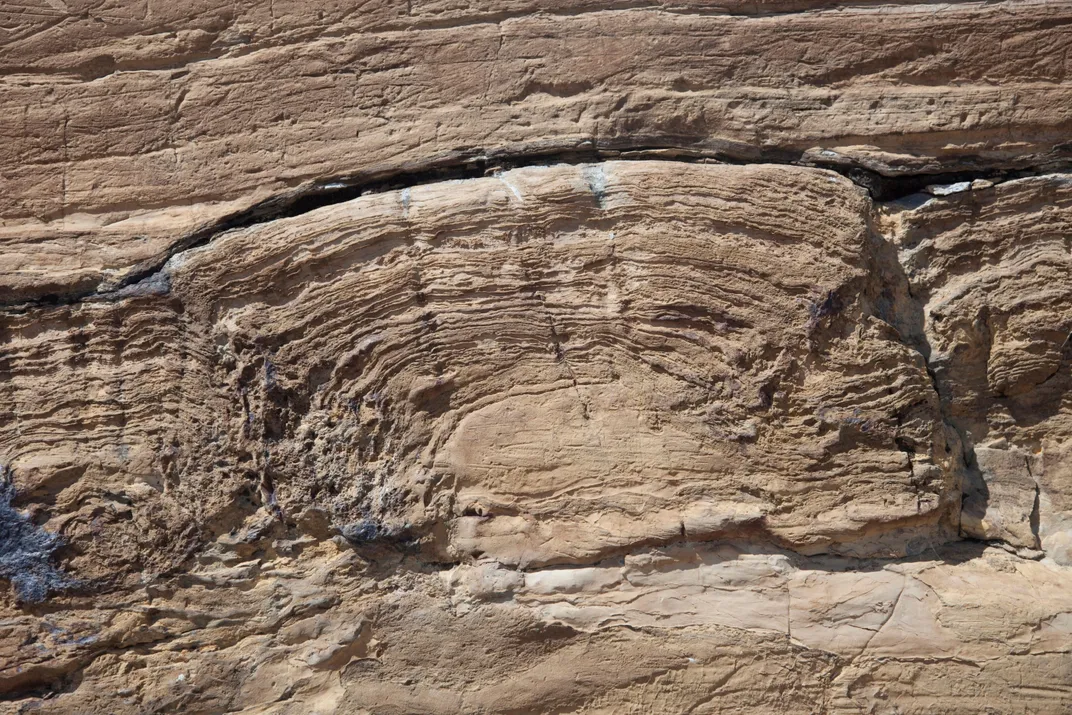
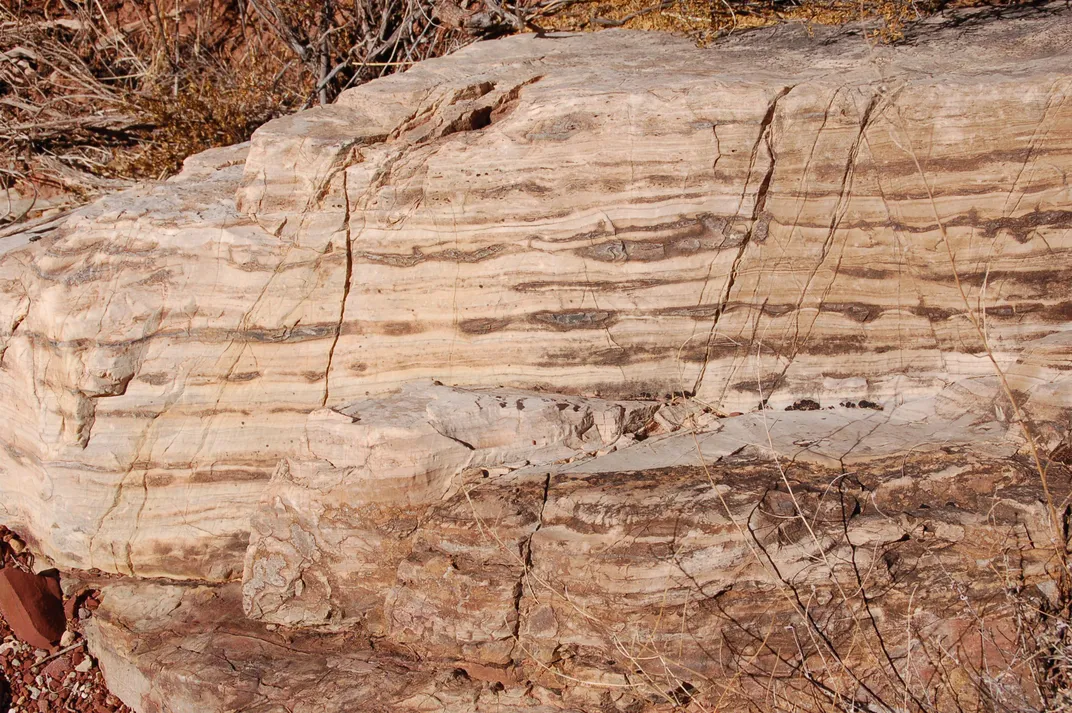
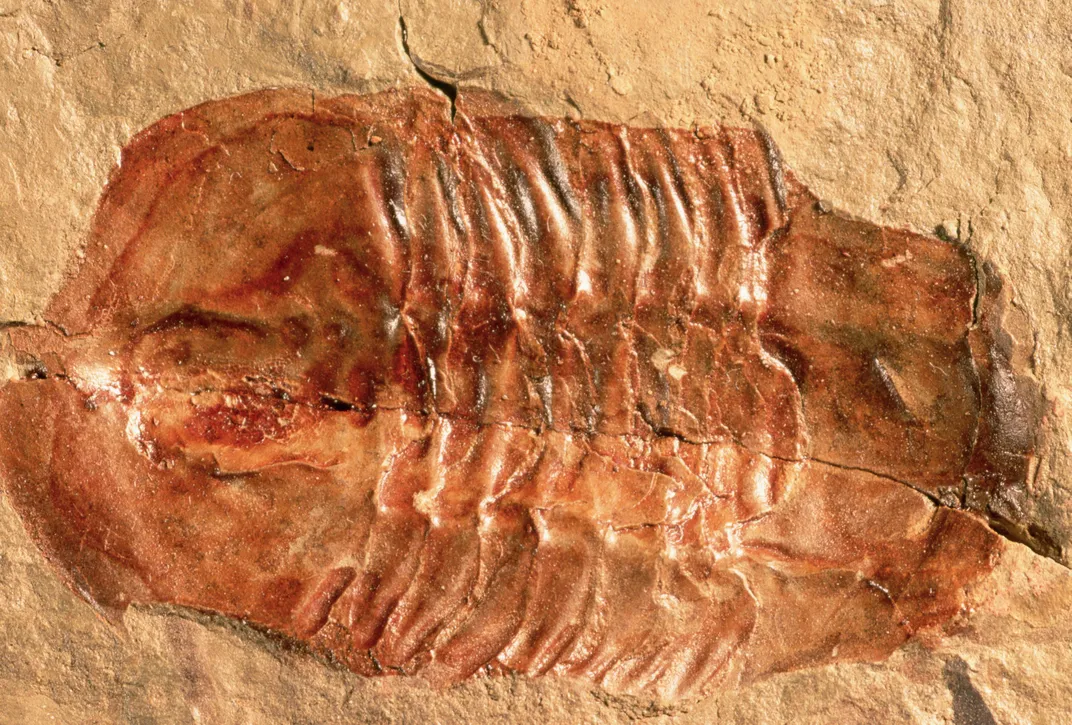
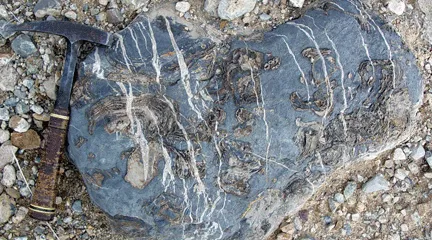
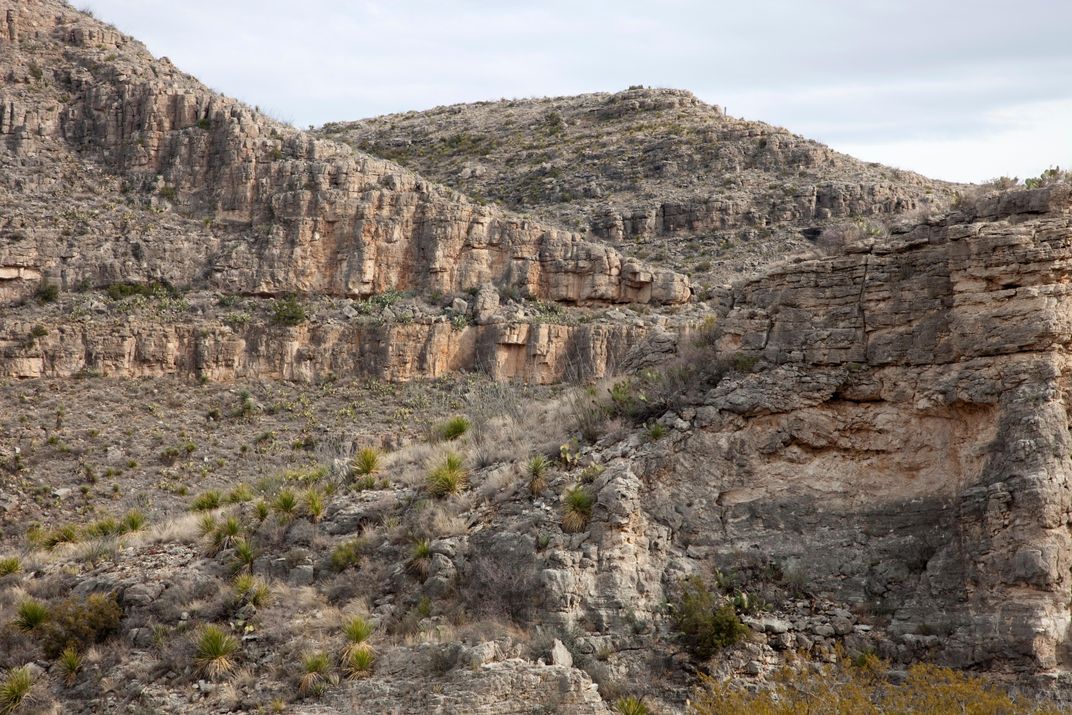
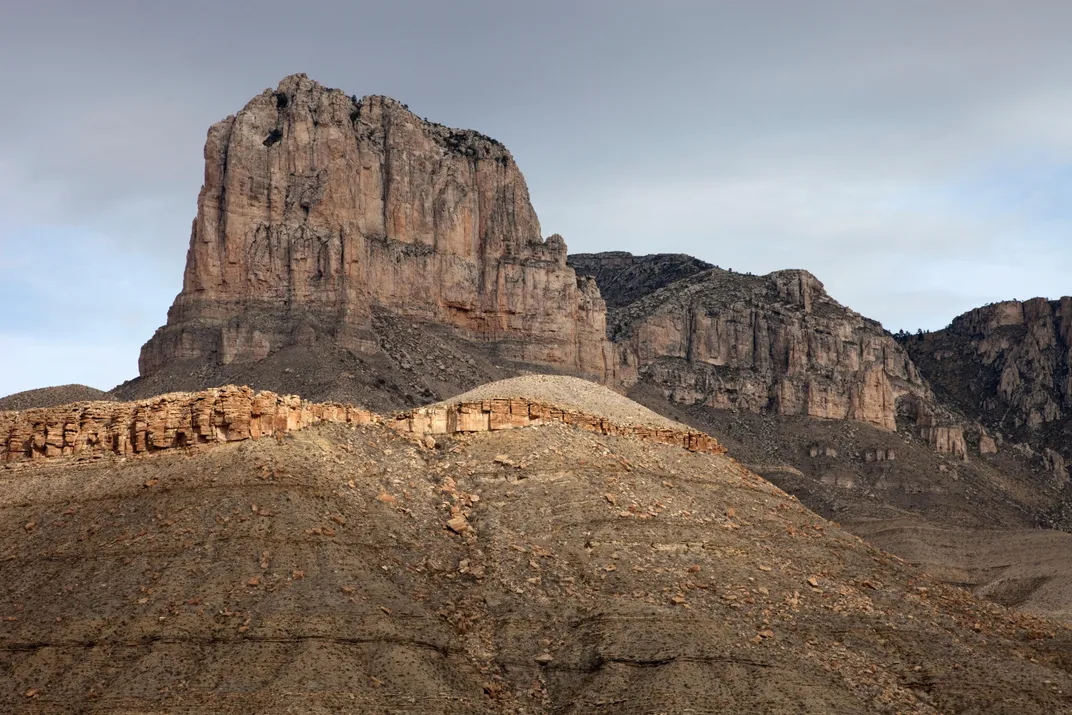
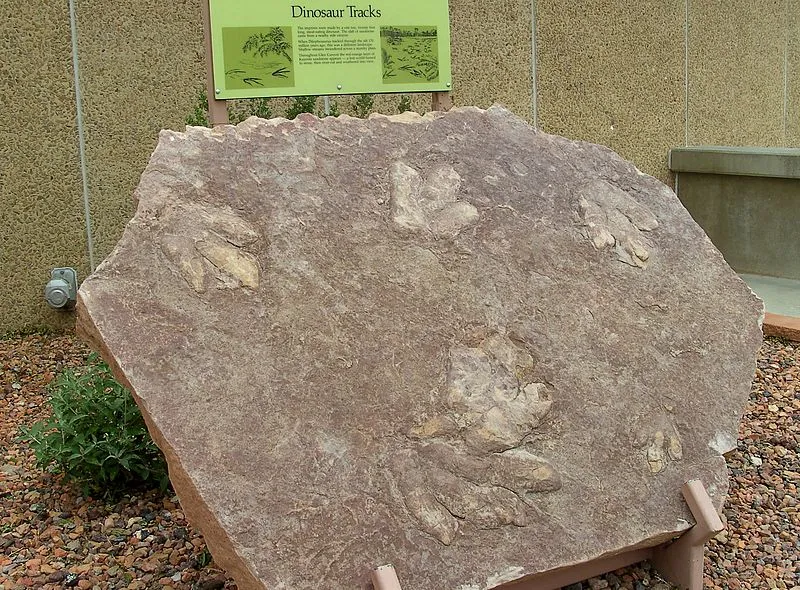

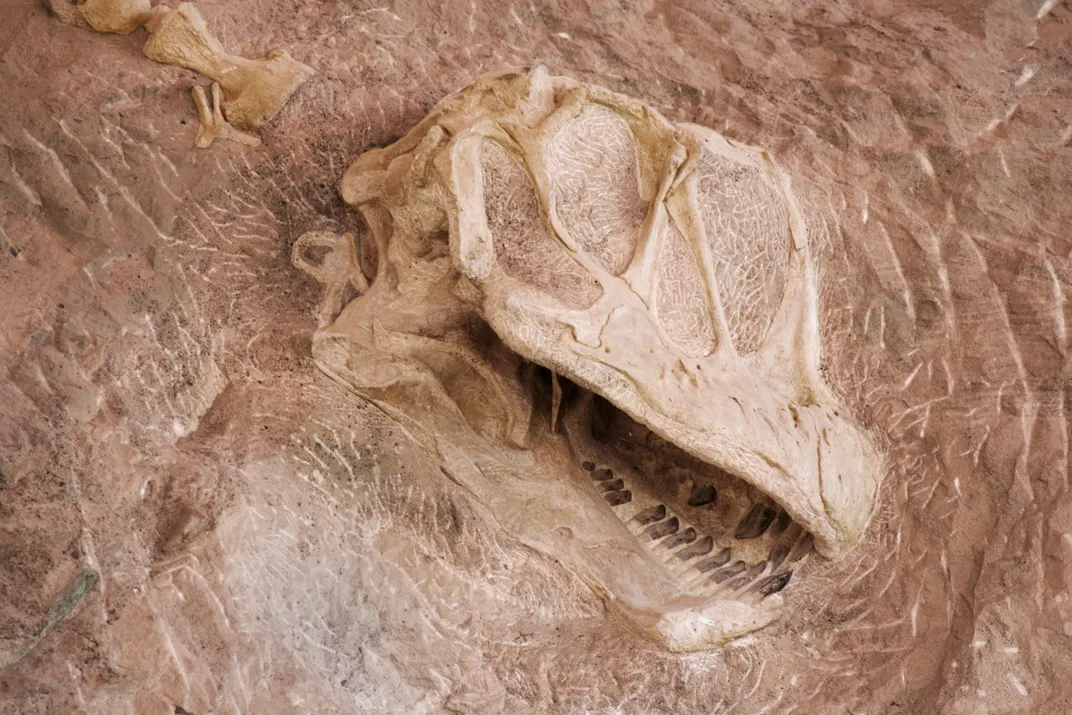


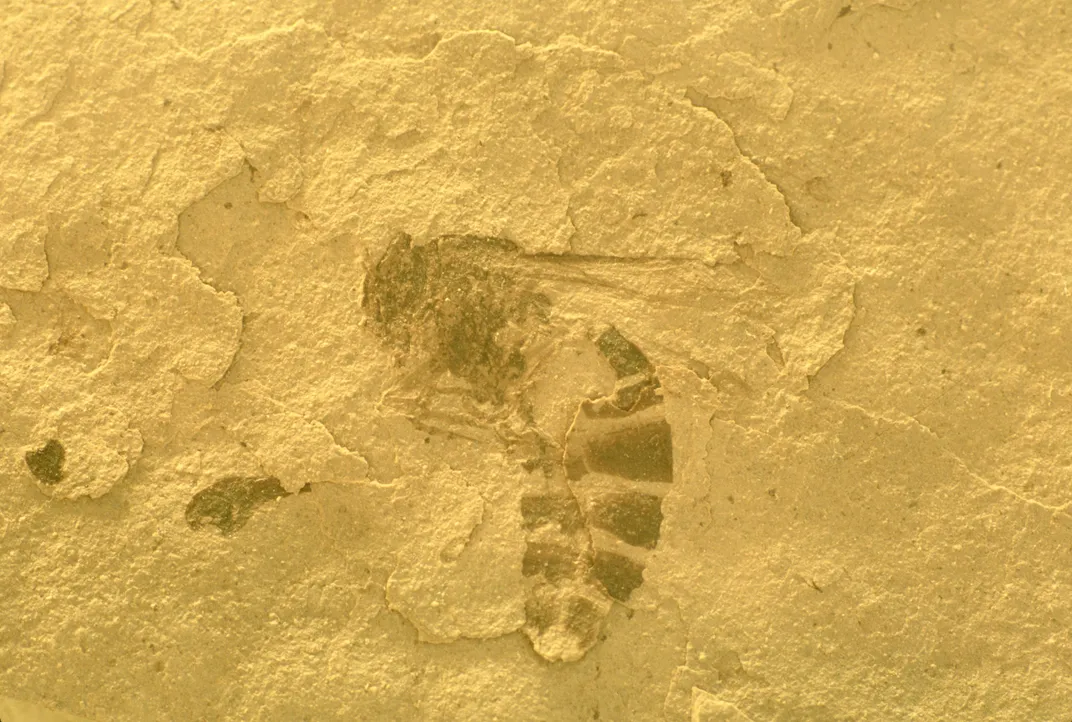
/https://tf-cmsv2-smithsonianmag-media.s3.amazonaws.com/accounts/headshot/natasha-geiling-240.jpg)